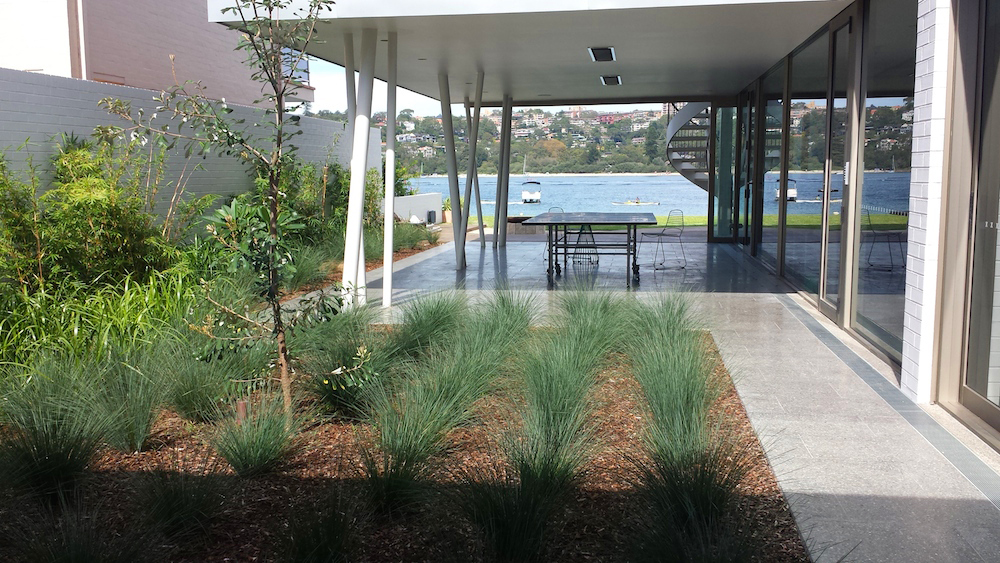Sym. Studio Director, Conrad Grayson presented at the 15th ICTC Conference and 5th National Mainstreet Australia Conference in Wollongong last month.
The conference “People, Places and Partnerships Creating livable & lovable places” called for a range of expert speakers to talk on the latest developments in urban design, opportunities and trends, place making, retail, planning, development, project management, main street marketing and management.
Conrad’s talk addressed the shifting nature of leisure and free time as a result of changing social demands.
Key Points
- As towns and cities densify (horizontal + vertical), the quantity of ‘leftover’
space is compromised and demand for its use increases.
- Greenspace previously used for passive recreation becomes programmed for active recreation.
- The leftover ’Greenspace’ (incl.waterways) are required to fulfill a more specialised ecological function.
- Specialised ecological habitats conflict with full scope of human recreational pursuits.
- ‘Open space’/Passive Recreation must become an integrated component of the everyday urban environment – ‘Urban Openspace’.
Sym determined six integral components that allow a space to realise its passive recreation potential. We applied these components (traditionally confined to greenspaces) to a main street, laneway & plazas to re-imagine the spaces as integrated ‘Urban Openspace’.
Using Avalon Town Centre as a case study – this approach to design and rejuvenation creates spaces that attract and engage both the young and the elderly to promote inclusion, health & economic prosperity.

